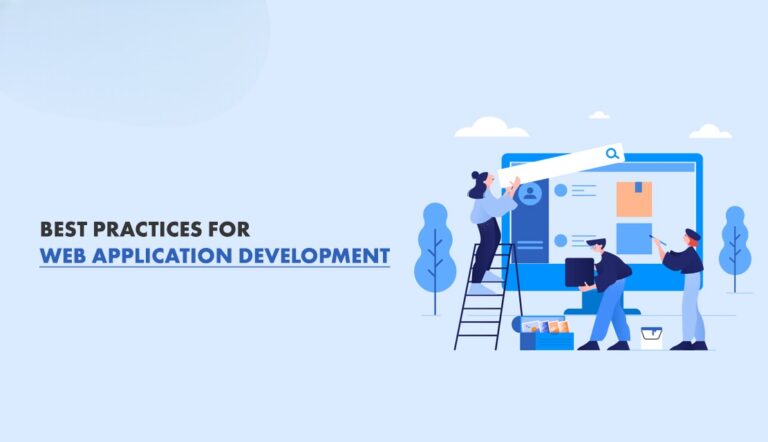Introduction
In the dynamic landscape of web development, adherence to best practices is paramount for crafting exceptional digital experiences. From responsive design and performance optimization to accessibility, SEO, and stringent security protocols, these practices form the bedrock of a successful online presence. Embracing these guidelines not only ensures a seamless user experience across devices but also fortifies websites against vulnerabilities while fostering scalability, maintainability, and continual improvement.
This comprehensive guide illuminates the path to crafting websites that resonate and thrive in the digital realm.
Top 15 Web Development Best Practices
Here are 15 best practices in web development that can help create efficient, secure, and user-friendly websites. These 15 fundamental principles encapsulate the core tenets that empower developers to create websites that excel in functionality, security, and user engagement. Aspiring professionals can join the Web Development Courses to learn about the different best practices.
- Responsive Design: Ensure your website is responsive, adapting seamlessly to different devices and screen sizes. Use media queries and flexible layouts to achieve this.
- Optimized Performance: Optimize assets (images, scripts, stylesheets) to reduce load times. Compress images, minify CSS/JS files, and utilize caching techniques to enhance site speed.
- Clean and Readable Code: Write clean, well-structured, and commented code. Follow coding standards and use consistent naming conventions to improve readability and maintainability.
- Accessibility: Ensure your website is accessible to all users, including those with disabilities. Follow WCAG (Web Content Accessibility Guidelines) to make content perceivable, operable, and understandable for everyone.
- Security Measures: Implement security best practices such as using HTTPS, validating user inputs, escaping data, and regularly updating software to protect against common vulnerabilities like cross-site scripting (XSS) and SQL injection.
- SEO-Friendly Practices: Optimize your website for search engines by using proper HTML structure, relevant keywords, descriptive meta tags, and creating a sitemap for easy indexing.
- Cross-Browser Compatibility: Test your website across different browsers and devices to ensure consistent functionality and appearance.
- Mobile-First Approach: Prioritize designing for mobile devices before scaling up to larger screens. This approach ensures a focus on essential content and a better user experience on mobile devices.
- Scalability and Maintainability: Build your website with scalability in mind, allowing it to handle increased traffic and future updates. Use modular and reusable code components to ease maintenance.
- Optimized Images and Media: Use appropriate image formats (like WebP, JPEG, PNG) and resolutions to maintain quality while minimizing file sizes. Lazy loading images can also improve initial page load times.
- Content Delivery Networks (CDNs): Utilize CDNs to distribute content across various servers globally, improving load times by serving data from servers closer to the user’s location.
- Version Control: Use version control systems like Git to track changes, collaborate with teams, and revert to earlier versions if needed.
- Testing and Debugging: Conduct rigorous testing across various scenarios to ensure functionality, performance, and security. Debug and fix issues promptly to maintain a smooth user experience.
- Analytics Integration: Implement analytics tools like Google Analytics to track user behaviour, monitor site performance, and make data-driven decisions for improvements.
- Regular Updates and Backups: Keep your website’s software, plugins, and frameworks up to date to benefit from security patches and new features. Regularly backup your website to prevent data loss in case of unexpected issues.
Following these best practices helps create websites that are not only visually appealing but also functional, secure, and user-centric, contributing to a positive user experience and better overall performance.
Conclusion
Implementing these web development best practices lays the foundation for robust, user-friendly, and secure websites. By prioritizing responsive design, performance optimization, accessibility, and stringent security measures, developers ensure a seamless user experience. Embracing scalability, maintainability, and regular updates further fortifies websites against evolving challenges. Testing, analytics, and adherence to standards amplify effectiveness and aid continuous improvement. The Web Development Institute in Delhi trains professionals in these skills to make web development faster, easier and more effective. Ultimately, adherence to these best practices not only elevates website functionality and appeal but also fosters trust, engagement, and satisfaction among users, establishing a strong digital presence for any online endeavour.
Hello guys I’m Ashu, a Digital Marketer, My biggest aim is to achieve good results for the company.

